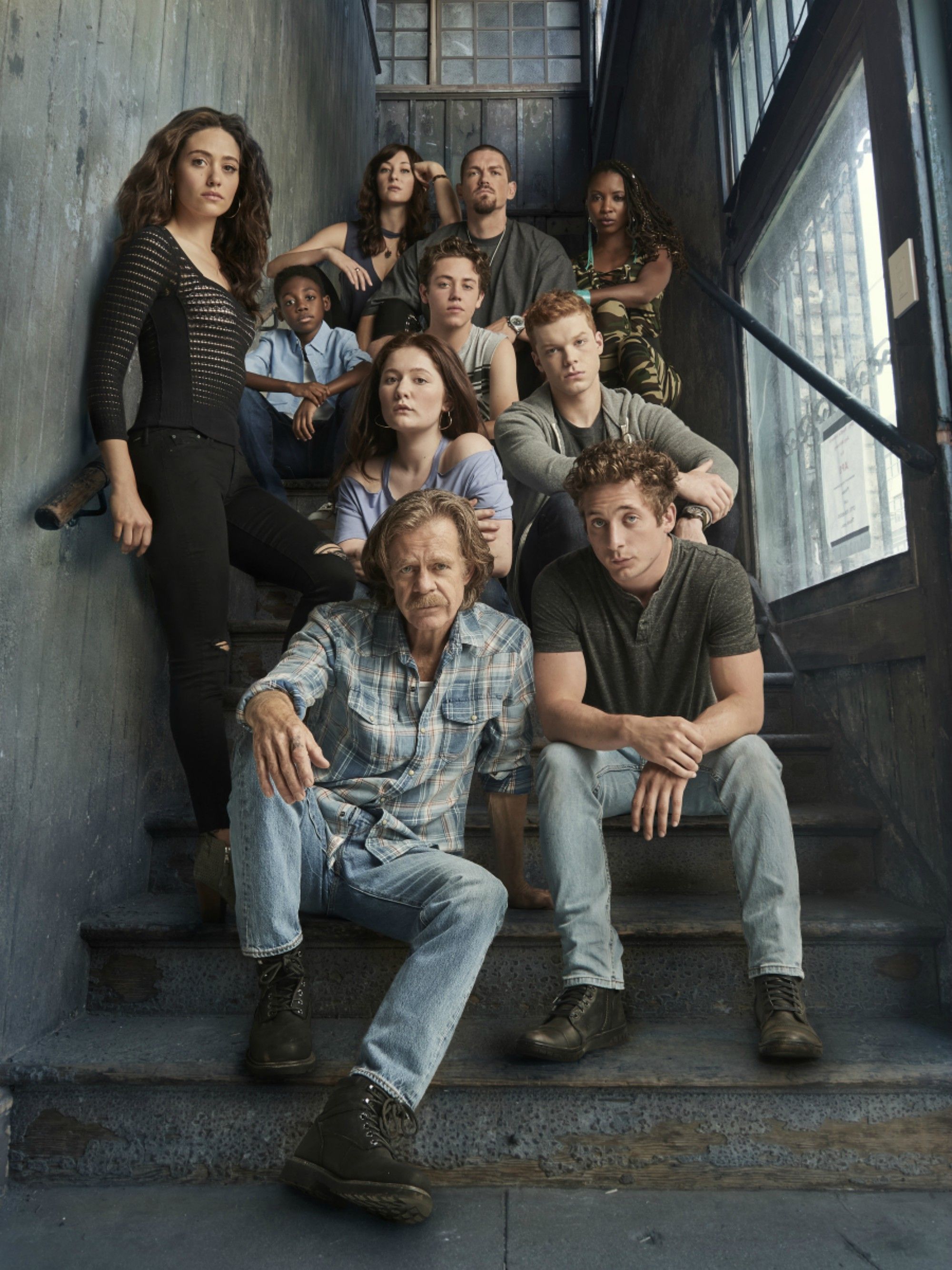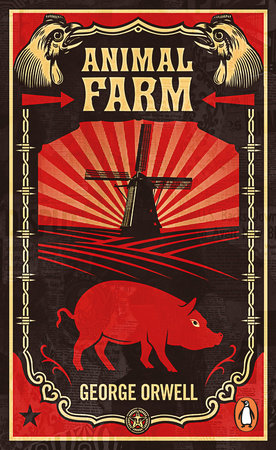
*Content Warning* Spoilers
The science-fiction thriller movie Dune (2021) by the acclaimed director Denis Villeneuve is an artistic rendition of the series Dune (1965) by Frank Herbert. The books are based around a futuristic world which is governed by a an Empire that holds power over a plethora of groups of people organized into ‘Houses’, each house with their own control over some major aspect of the society financially (business) or military. The make-up of the universe creates many levels of hierarchy, and the politics mixed with mystery, futuristic technology and conflicting interests creates a very complex universe. However, the existence of such forces that determine power and identity is what makes the Dune universe comparable with the current world.
A son of a powerful house Atreides (Paul) finds himself on a new planet (Arrakis) that his House was sent to control and do business, but was a plot by the enemies of the House and the Empire to topple his House. With the largest of powers against him, he finds himself with a group of Arrakis native (the Fremen) who are banished and are actively hunted by the Empire, to protect his House. The Empire can be viewed as the government that has absolute control over the Houses, who also make up the council of the Empire. The Houses can be viewed as various social groups as the house is a significant factor determining identity and status, thus, analogous to racial, socioeconomic, and national groups. The Fremen here resemble the groups who have been oppressed and been stolen off their resources. The plot to topple house Atreides who had gained recent power among the other houses, was carried out by the Empire being scared of a coup and Atriedes’ nemesis Harkkonen, and represent the systematic injustices carried out in terms of various political scams designed to rid oppressed groups from their rights and expression. The other houses’ silence in this case can be related to the silent majority who are scared of the power even while they see the injustice mentioned by Dr. King Jr. in his Letter, while the treatment of Fremen can be related to the treatment of the colonizers of the native populations. The master slave dynamic is observed by control of commodities that the Other wants, thus, creating political, fiscal, and economic powerhouses, that is, houses that control trade of the ‘spice’ (found only on Arrakis), transportation (transportation guild), and the mystical powers (Bene Gessuiuts). The spread of power is directly related to how power is perceived in today’s world, with the country on an international level, a company on a national level, and people with privileged status in a domestic level control commodities, either tangible or intangible that the Others want has more power. The way all these factors converge creates various ways of injustice, be it political as seen by the imperial power of the Empire, or social as seen by the power of Houses over their citizens, and the sub-political powers of other groups such as the mystical Bene Gessuits all creates a dynamic universe that falls for the same shortcomings as the current world does.
The book being set in future also raises questions about the existence of such injustices even when society has progressed as much as inhabiting different galaxies and is space oriented. The absoluteness of the powers also act as criticism of misuse of the newfound powers with technology. Then, the book as a whole is a commentary about futuristic world with similar problems and injustices as today’s world.
P.S. The books were originally published in 1965, thus, were written during the heat of the Civil Rights Movement raising solid queries about the inspiration of the social construct and the conflict depicted in the book.





